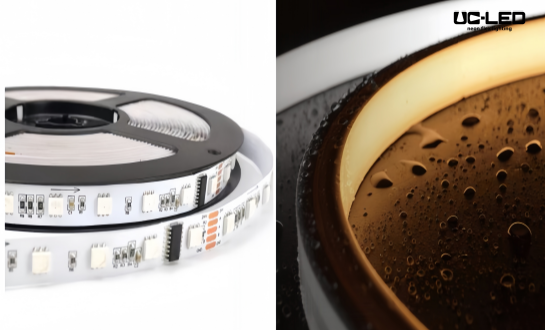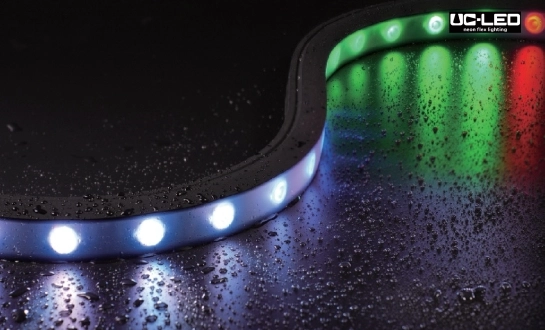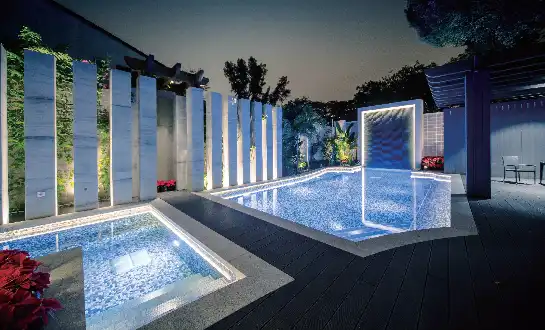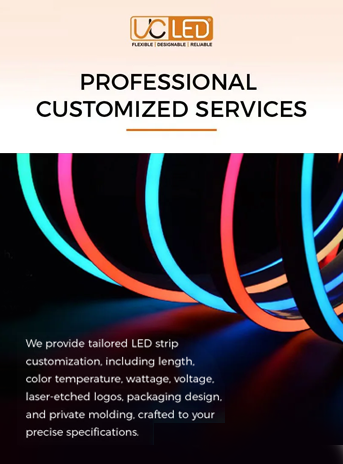Architectural Lighting Cost Estimation: What You Need to Know
An important part of any lighting job is estimating the cost of architectural illumination. It includes looking at things like how easy it is to install, how energy efficient it is, and how much upkeep it will need in the future. To get a good idea of how much it will cost, think about how big the project is, what lighting effects you want, and how to use smart control systems. Professional lighting planners can give you a thorough breakdown of the costs and saves that might come from using energy-saving options. A good budget plan that lets you spend reasonably on beautiful architectural lighting that makes places better depends on knowing these things.
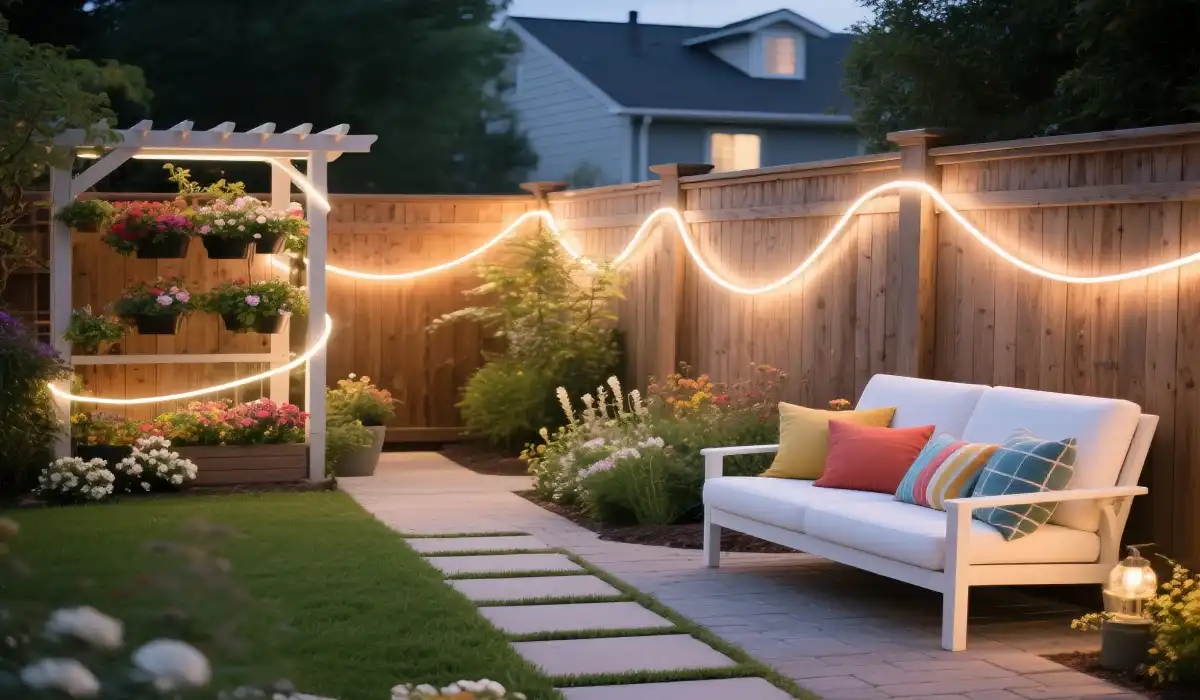
Understanding the Components of Architectural Lighting Costs
Fixture Selection and Quality
Choosing the right light bulbs is the most important part of any building lighting job. While high-quality LED lights may cost more at first, they are often cheaper in the long run because they last a long time and don't use much energy. It is important to think about what each part of a building needs when considering costs. For example, general ambient lighting might use more common choices while spot lighting for art might need special lights with exact beam control.
The prices of fixtures can change a lot depending on:
- The quality of the material (for example, metal vs. stainless steel housings)
- The amount of light and the ability to show colors
- IP and durability grades for installs outside
- Working together with tools that can be controlled smartly
It is important to think about how good something looks and how well it works when choosing fittings. A well-chosen fastener not only adds to the general style but also makes sure that it works well and lasts a long time. This could save money on replacements in the long run.

Installation and Labor Costs
The cost of installation can take up a lot of the total budget for architectural illumination. Several things affect these costs:
- How hard it is to install (for example, heights, where it can be reached)
- The current system and the possibility of needing to improve it
- Unique attachment needs or special parts
- How to work with programs that control buildings
The cost of labor can change depending on the area, schedule, and level of skill needed for the job. For example, installs in historic buildings might require special skills to keep the purity of the architecture, which could raise the cost of labor. It's a good idea to work with lighting fitters who have a lot of experience and can give you accurate price quotes after looking closely at the job site.
Energy Efficiency and Operating Costs
While the cost of installing decorative lighting is important, its long-term costs should not be ignored either. Lighting options that use less energy, especially LED systems, can cut down on how much power is used and how much it costs. When figuring out how much money you'll need, think about the lumens-per-watt efficiency of the lights you picked.
- Dimming and sun collecting could be used to save energy.
- Occupancy monitors and timers could be used as well.
- Electricity prices in the area and possible uses during peak hours
Installing energy-efficient light bulbs not only lowers the cost of running a building, but it can also help get a green building certification, which could lead to even more benefits in the long run.
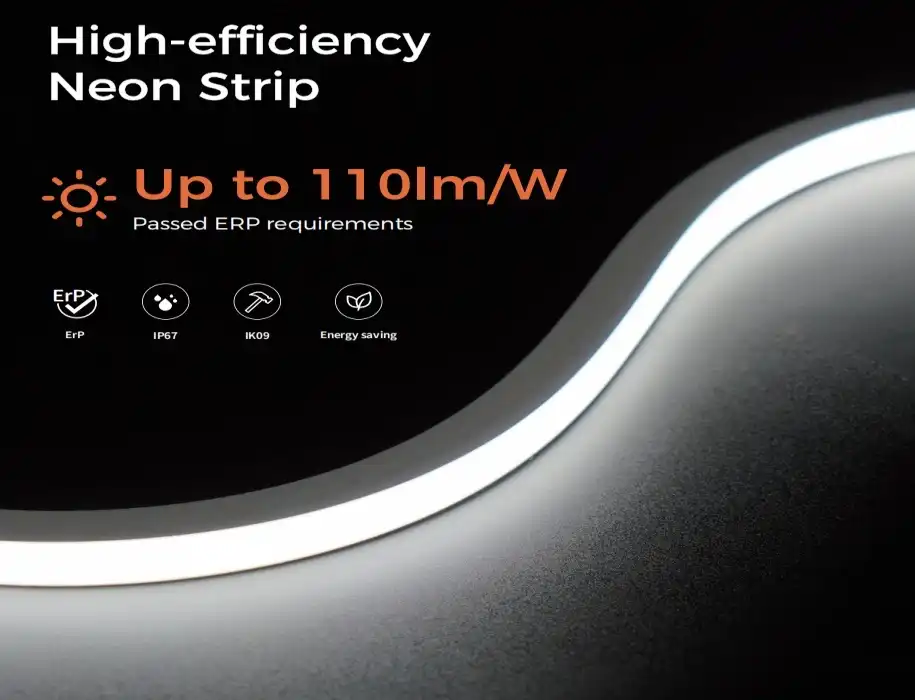
Factors Influencing Architectural Lighting Project Costs
Scale and Complexity of the Project
The cost of an architecture lighting job depends a lot on how big and complicated it is. It takes more time to place and use more lights and wires for big jobs, like lighting up the outside of a building or a big room inside. If the building has complex design features like curved surfaces or atriums that are more than one story tall, it might be necessary to use special lighting, which will affect the price.
Some things to think about regarding scale and complexity are the number of different lighting zones or scenes, the total square footage that needs to be lit, the architectural features that need extra care, and how it will work with structures that are already there or new buildings.
If you accurately figure out these things early on in the planning stage, you can get a better idea of how much it will cost and avoid getting surprised by costs while you're doing it.
Design and Consulting Fees
Getting the best results in architectural illumination depends on hiring professional lighting designers and experts. These professionals offer useful information about how things look, how well they work, and how much energy they use. Their work adds to the cost of the project, but it often leads to more cohesive and effective lighting solutions that can save money in the long run.
Design and advising rates might cover:
- The creation of mood boards and initial idea development
- Full lighting plans and details
- Simulations and 3D pictures
- Changes and fine-tuning on the spot
These fees are affected by the project's difficulty and the design firm's renown. But, getting their help with problems and making sure the lighting scheme looks good and works well can be very helpful.
Control Systems and Smart Technology Integration
These days, building lighting makes use of complex control systems and smart technologies. These methods make things easier, save more energy, and give you more options for making lighting settings that can change over time. When figuring out how much something will cost, it's important to think about
- Centralized control systems and spread information
- Control choices that are wireless and wired
- How to work with devices that automate buildings
- Ways for people to interact with technology, like touchscreens and cell phone apps

- Possibility of adding more features or changes in the future
Even though these high-tech systems might make things more expensive at first, they often save a lot of money on operations and make things easier for users. Being able to quickly change lighting scenes, set schedules, and keep an eye on energy use can help in the long run, which makes the investment worth it.
Strategies for Cost-Effective Architectural Lighting
Prioritizing Key Areas for Impact
To save money on designs while keeping them intact, it is important to find and focus on lighting places that will have the most effect. This method lets you plan how to use your resources so that the most important areas get the care they need and you don't spend too much on areas that aren't as important.
Here are some ways to decide what is most important:
- Find the main visual points of interest (for example, doors or main faces).
- Make architectural features that make the building unique stand out.
- Make sure that the ambient and accent lights are balanced so that everything works together.
- Taking into account what the building is for and how people will use it.
By focusing on these important areas, you can make architectural illumination effects in architecture while still being cheap in other areas.
Leveraging Energy-Efficient Technologies
Using energy-saving light bulbs is not only good for the world, it is also good for your wallet. In particular, LED lighting is much better when it comes to energy use, lifespan, and flexibility. When you plan building lights that won't cost too much, think about
- LED lights with high performance that have the best lumens-per-watt ratio
- Lighting devices that can change based on how many people are there and the amount of daylight
- LEDs that can be tuned to different colors so you don't have to change the fixtures - Long-lasting parts to lower upkeep and repair costs
Even though the first cost of these technologies is higher, they might have a lower total cost of ownership over the life of the system because they save money on energy costs and don't need to be as carefully maintained.
Phased Implementation and Scalability
If you're working on a big or complicated building lighting job, it might help to think about doing it in stages. This approach lets you pay the costs over time and gives you chances to improve the lighting design based on feedback from the real world. This method's main features are:
- Creating a detailed master plan with clear steps
- Choosing control systems that can grow with the business and are easy to scale
- Focusing on the most important areas for the first round of implementation
- Planning so that adding new parts or zones will be easy
This way of doing things not only helps keep track of spending, it also lets you change things easily if needs or technologies change over time. It is especially useful for projects where the needs change or that don't have a lot of money to spend.
Conclusion
Figuring out how much architectural illumination projects will cost takes a deep knowledge of many different things, such as how to choose the right fixtures and how to calculate long-term costs. If you think about each part and use smart methods, you can get amazing lighting designs that make the beauty of the building stand out while staying within the budget. Keep in mind that the goal is to find a mix between how the lighting looks and how well it works. It should look great and do its job well.
If you want to learn more about new lighting technologies or get help with a building lighting project, please email us at Linda@uc-led.com. The QUAN HE Lighting Co., Ltd team is committed to offering custom lighting options that meet both your style and price needs.
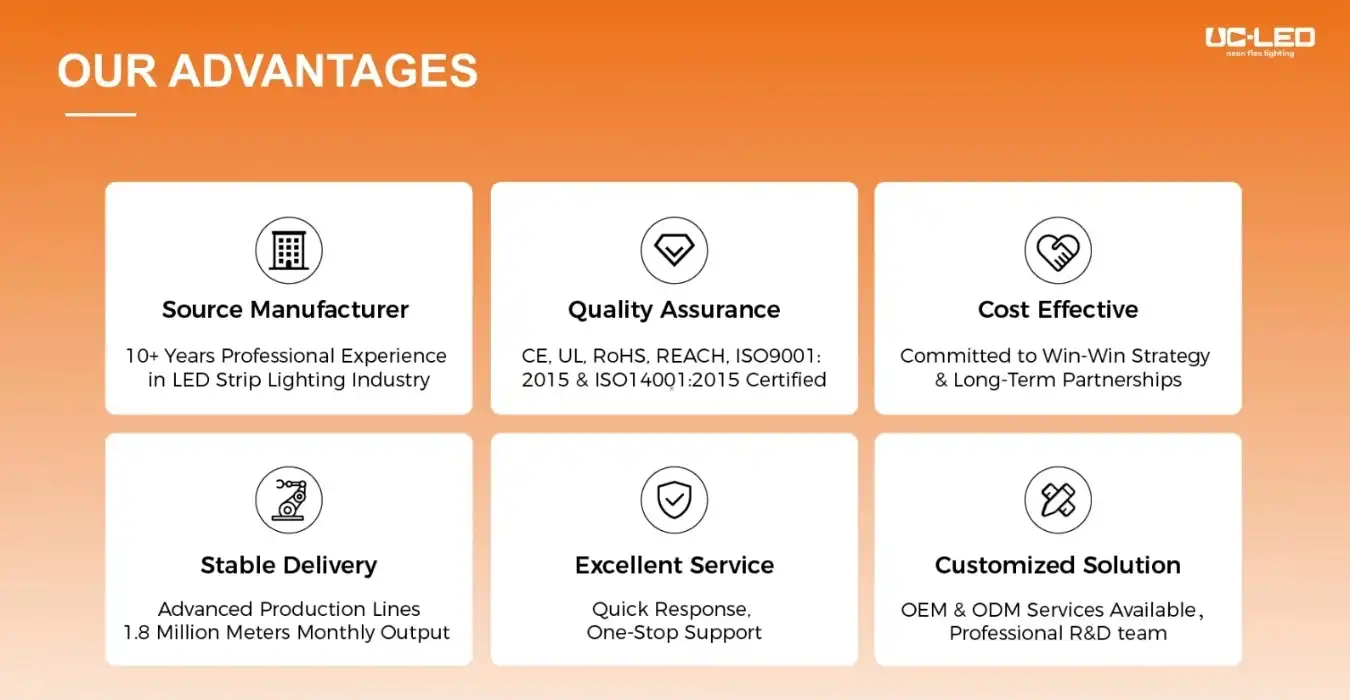
source: LED Light
References
1. Smith, J. (2022). "The Economics of Architectural Lighting: A Comprehensive Guide to Cost Estimation." Architectural Lighting Review, 35(4), 78-92.
2. Johnson, E. & Brown, K. (2021). "Energy-Efficient Lighting Technologies in Modern Architecture." Journal of Sustainable Building Design, 18(2), 145-160.
3. Lee, S. (2023). "Smart Lighting Systems: Integration Challenges and Cost Considerations." International Conference on Architectural Technology Proceedings, 287-301.
4. Thompson, R. (2020). "Balancing Aesthetics and Functionality in Architectural Lighting: A Cost-Benefit Analysis." Building and Environment, 172, 106698.
5. Garcia, M. & Wilson, T. (2022). "Phased Implementation Strategies for Large-Scale Architectural Lighting Projects." Lighting Research & Technology, 54(3), 265-280.
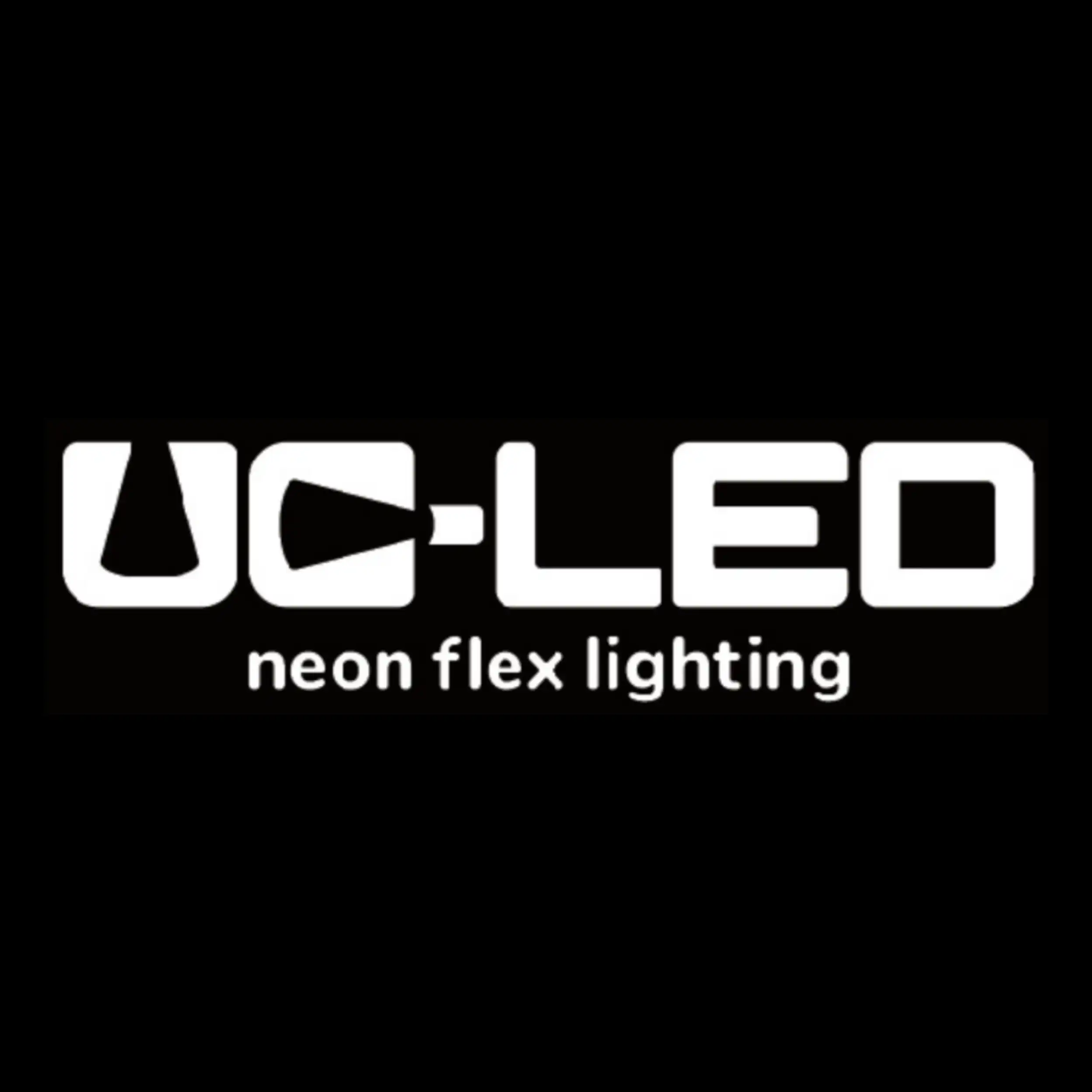
Looking for high-quality LED flexible strips? Click for a free quote in 24 hours!
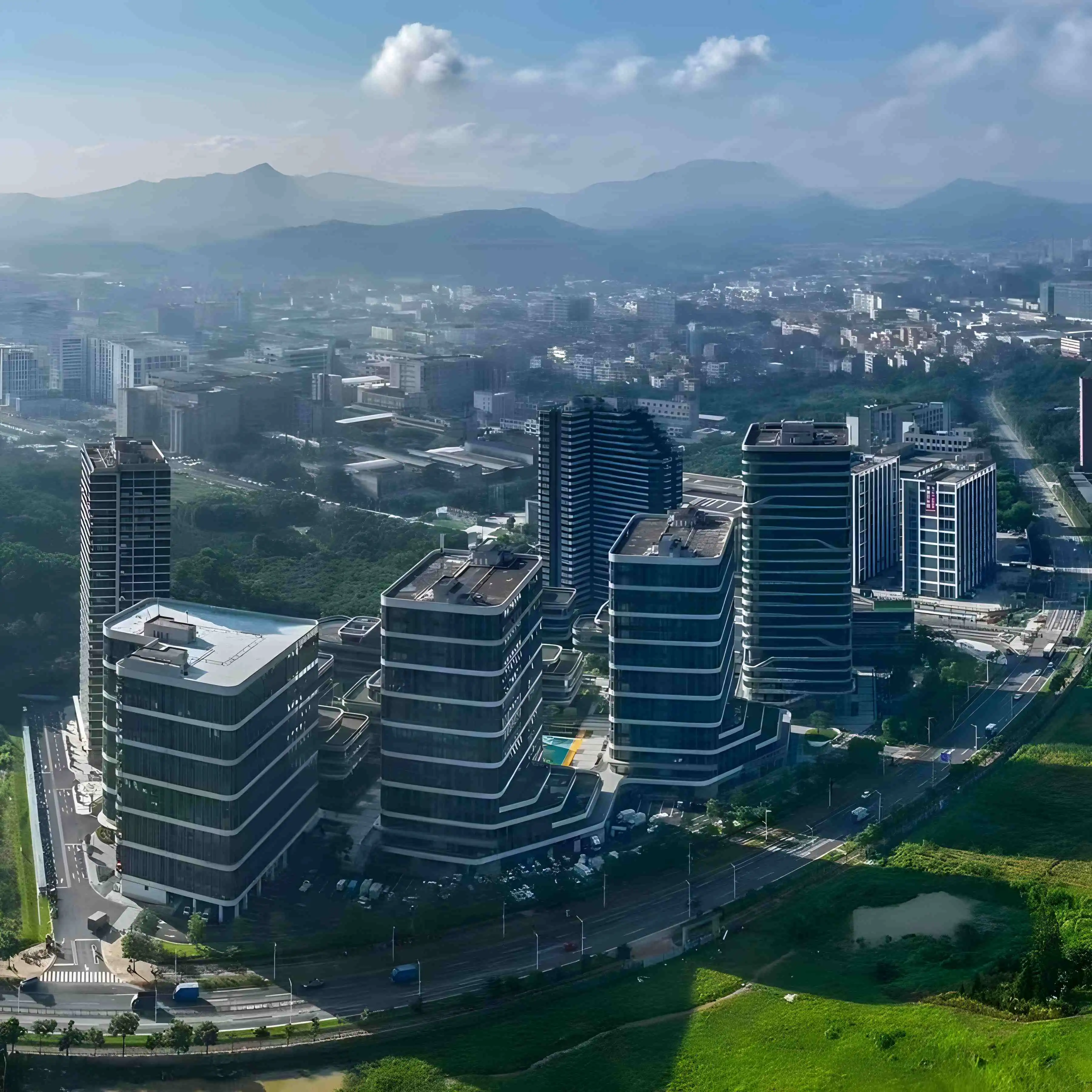
LED Neon Flex Strip Factory - Leading Professional Flexible LED Strip Manufacturer from China
